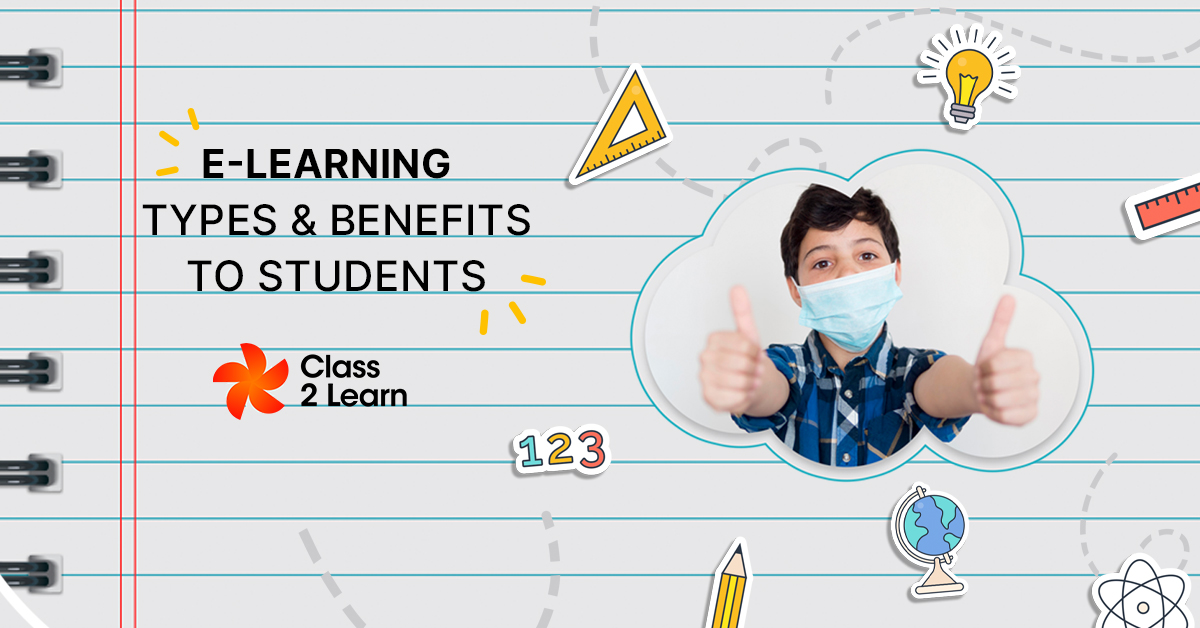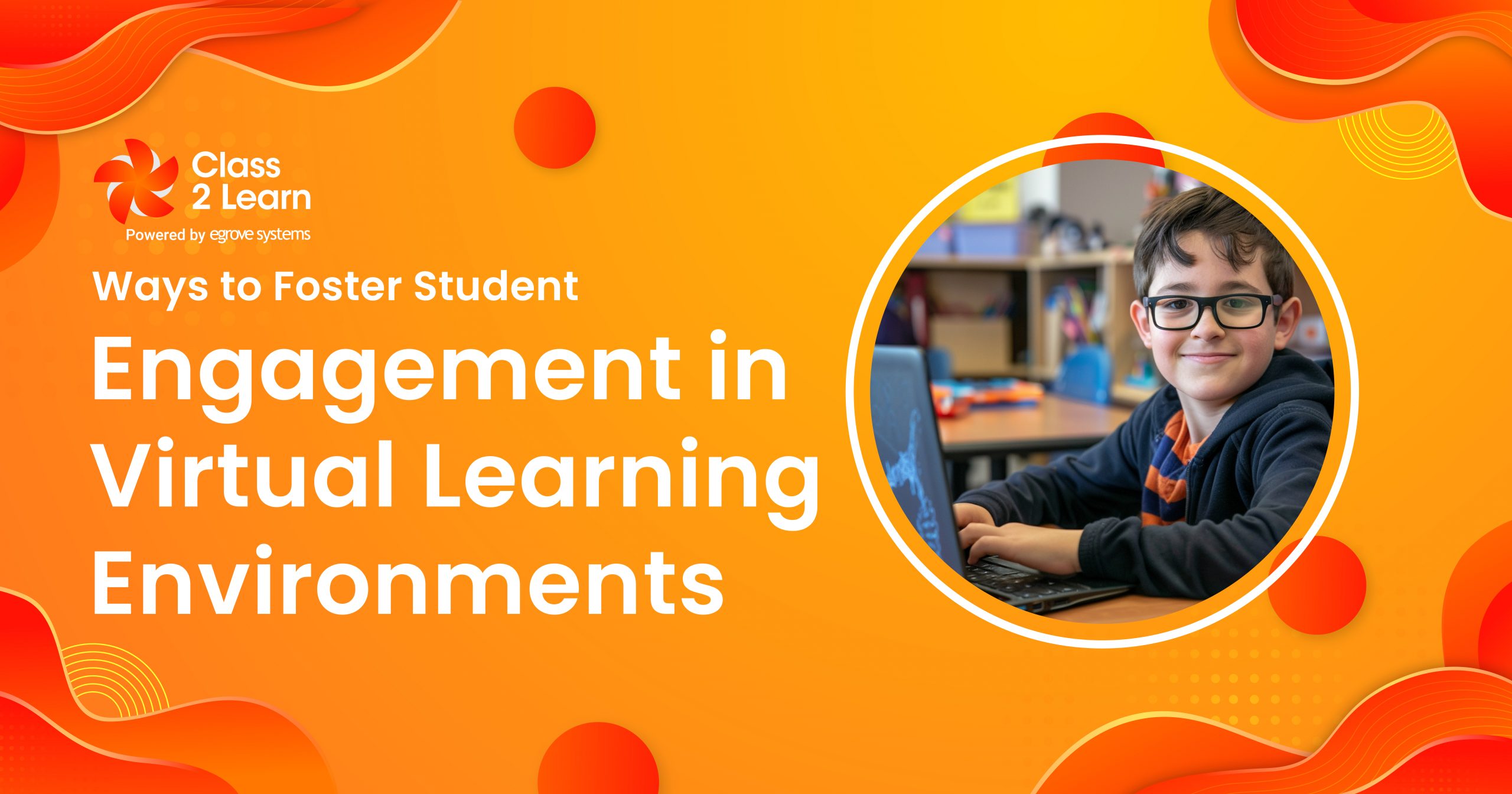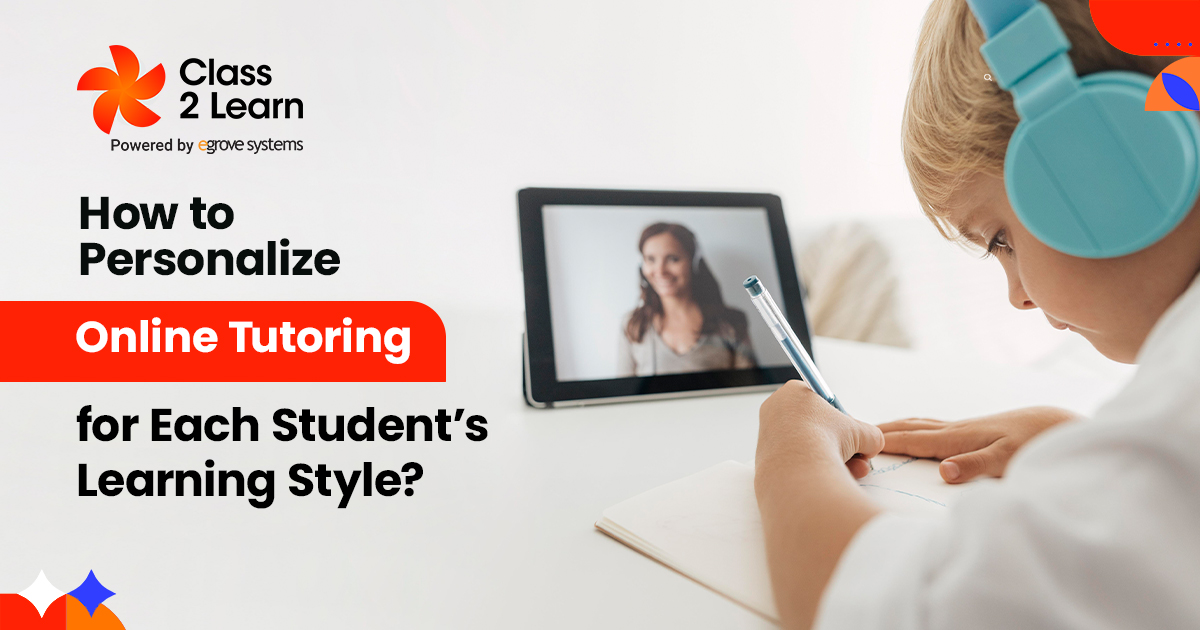Every teacher has made a concerted effort to create a learning environment that motivates and excites students. There were some difficulties, such as motivating students, maintaining students’ interest, identifying distractions in students, and re-engaging distracted students. Fortunately, e-learning has developed strategies and techniques to effectively address these challenges.
E-learning is the process of using computers, the internet, and new technologies to create an effective learning system that students can use to improve their ability to learn their subjects in a highly motivating learning environment. Audio-visual aids in the retention of knowledge for a longer period of time.
E-learning has assisted teachers in redefining their teaching strategies and concepts in order to teach more effectively and efficiently.
E-learning provides online programs that are tailored to help students develop real-world skills such as communication, problem-solving, creativity, empathy, self-control, and perseverance through enjoyable and entertaining computer programming.
There are two types of E-learning approaches customized according to learning needs. They are:
- Synchronous E-learning
- Asynchronous E-learning
Synchronous E-learning:
This form of learning allows students and teachers to engage in real time. All students enrolling in a certain class will have the same class schedule. Students and faculty will communicate through a variety of mediums such as instructional conferences, engaging webinars, online chats, and concurrently streamed lectures. Because neither the teachers nor the students will be actually present in the classroom, all interactions will be virtual. Learners will not feel isolated during live sessions since they will be able to converse and interact with other students.
Benefits of synchronous E-learning:
- Students can clarify their doubts instantly because the sessions are interactive
- They can participate in real-time discussions
- They can improve their presentation skills
- Students who clear their doubts will help their peers learn more about the subjects.
Asynchronous E-learning:
This learning technique allows students to complete their assigned tasks at their own pace but within a set timeframe. Students working on individual assignments can use this approach, in that they would receive course products in the form of documents, posts, blogs, and videos. They can work offline without needing to be online for the duration of the session.
Advantages of Asynchronous E-Learning:
Create courses: Develop low-cost classes that anybody can attend through the internet, removing necessity one-time sessions or the involvement of teachers.
Learners could study at their own speed and in their own place, using any device and from any location in the globe.
Asynchronous E-learning promotes learning by enabling learners to interact and obtain tailored responses through discussion forums.
Options for learning: Asynchronous E-learning enables learners to complete their tasks individually by viewing a video stream, reading stories, making statements in discussion forums, completing assignments, and reviewing the courses.
E-Learning Benefits to Students:
Adjustable:
- Adaptable; can be changed to meet specific needs
- Can accommodate any number of students
- New advances in learning technologies have improved students’ understanding of the subjects
- The 24×7 availability allows for study even after school hours or at any time of day
Cost-Efficient:
- The most important benefit of e-learning is its low price. The price decrease is predicated on transportation and lodging savings for both learners and lecturers.
- The absence of pricey textbooks has reduced the costs of a student’s education. It is ecologically beneficial since there is no printing of books.
Distant Learning:
- Previously, going to college was the only option for students pursuing an academic career. Students now have a variety of options for completing online colleges that they did not have previously that provide students with options they never had before
- There is no campus and no set schedule for E-learning.
- Unrestricted access to study materials.
- E-learning courses give students the convenience of studying at their own pace without having to travel to campus.
- E-learning allows students to earn online e-learning certificates ranging from a career certificate to a doctorate.
Time-efficient:
- E-learning learning time is reduced by 30-60% compared to traditional classroom teaching methods.
- E-learning lessons use a quick start and immediately begin the subject topic. As a result, E-learning training can be implemented in a matter of weeks or even days. This allows for content absorption.
- E-learning allows students to study at their own pace, eliminating the need for group instruction.
- A wide range of study materials allows students to select their preferred learning materials. They can skip lectures that they find irrelevant and classes that they have already attended.
Teaching Consistency:
- Traditional classroom instruction is prone to mistakes. By providing standardized and consistent training, e-learning eliminates these errors.
- E-learning allows teachers to teach lessons in a consistent and broad manner, ensuring that all students receive the same amount of knowledge.
- E-learning ensures that education is not halted due to a teacher shortage. E-learning, in conjunction with a couple of highly qualified and experienced teachers, has the potential to educate thousands of students.
Personalized E-Learning:
- Different students will have varying levels of comprehension. E-learning provides a variety of styles to help students better adapt to their desired learning.
- Students are motivated to continue their education without skipping any courses on the curriculum.
- E-learning caters to each student’s unique needs and goals. It enables students to navigate at their own pace and select a path of choice.
Conclusion:
E-learning is gaining popularity in tertiary education. All data points to increased enrollments as a result of the pandemic, which has provided significant impetus to E-learning from a low starting point. Factors Favoring E-Learning are:
- Teach students how to learn naturally.
- Establish clear learning objectives.
- The third secret is based on the first two points, with a focus on the right goals.
- The ability to test.





Add comment